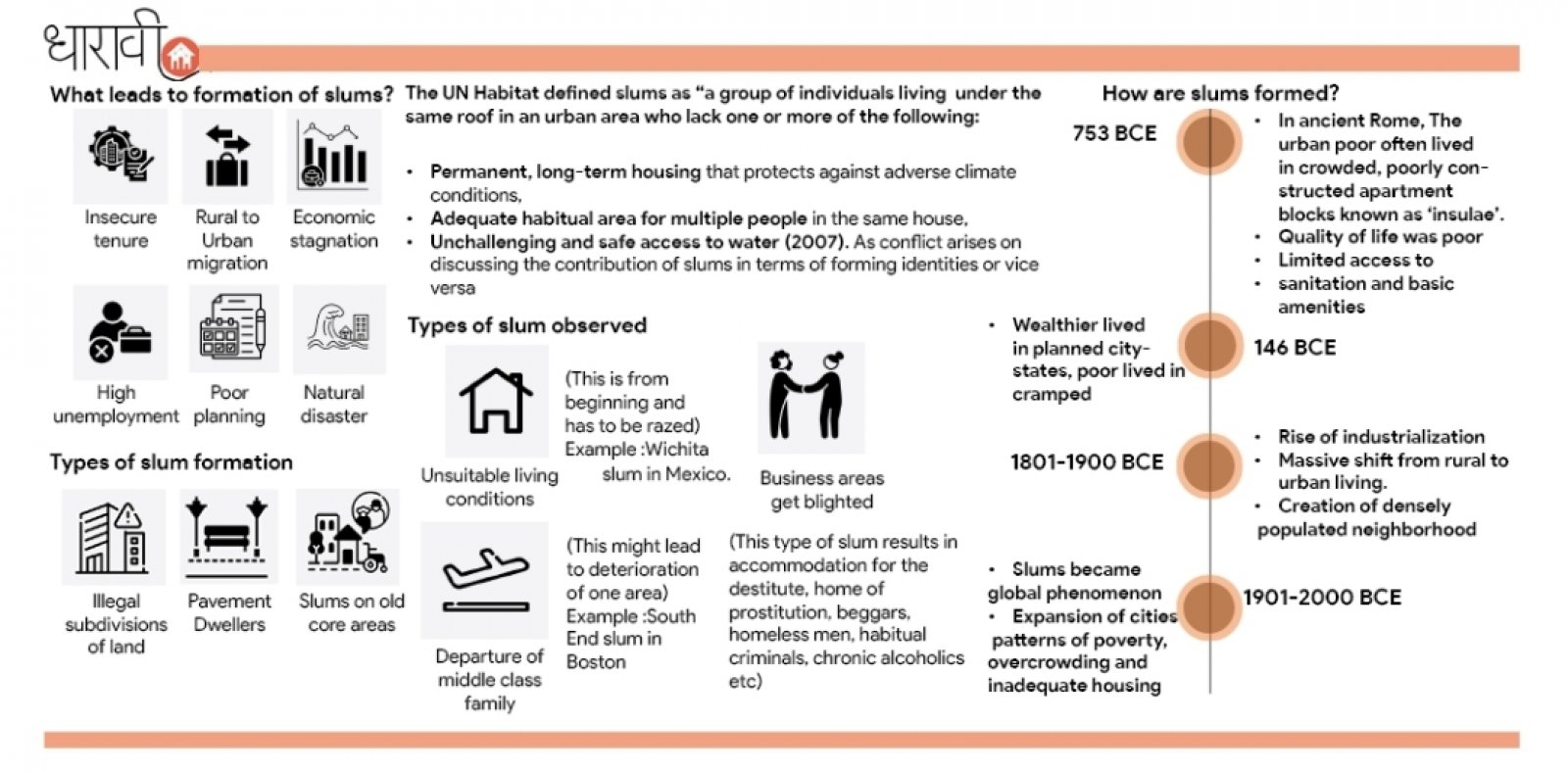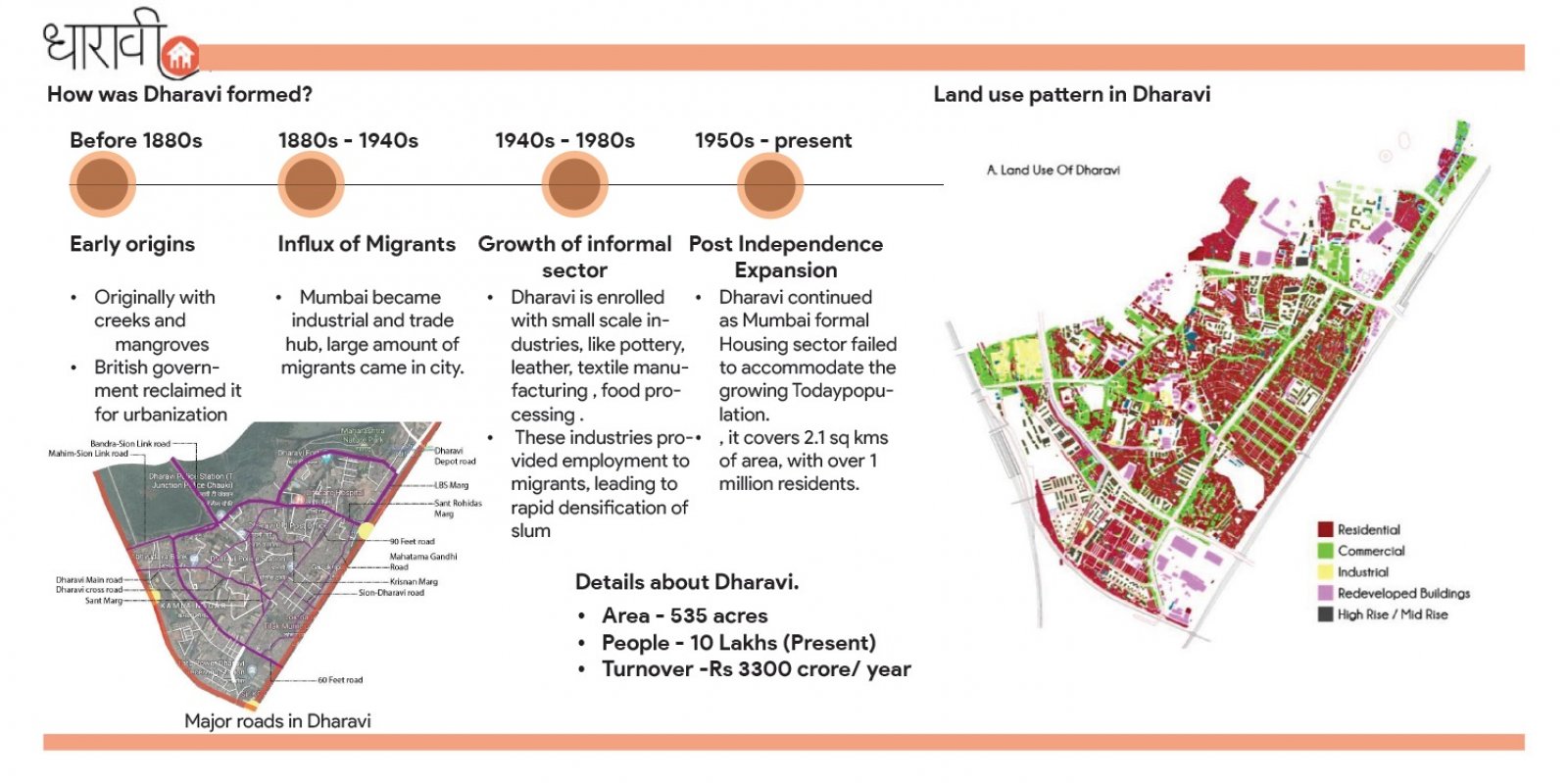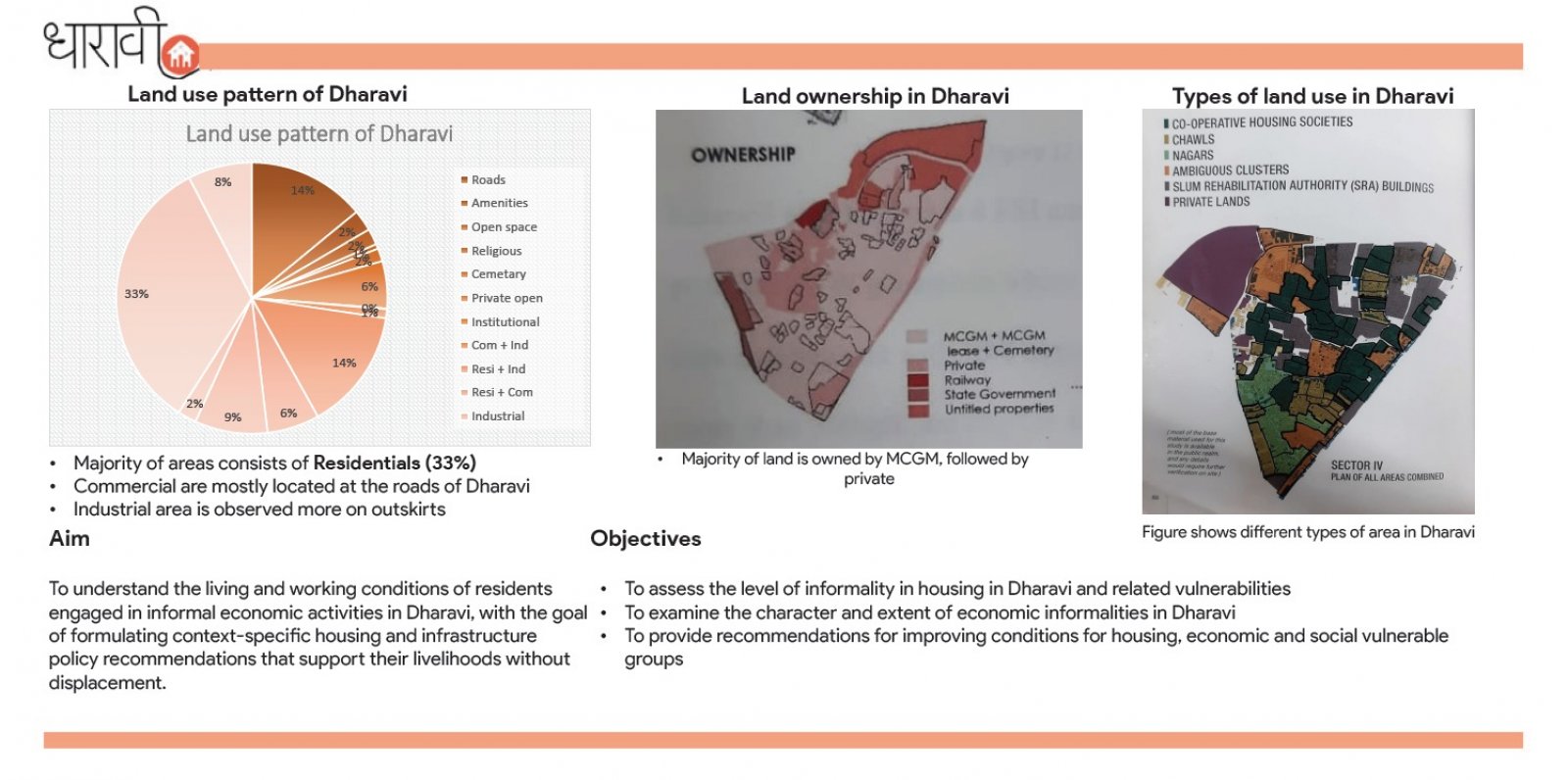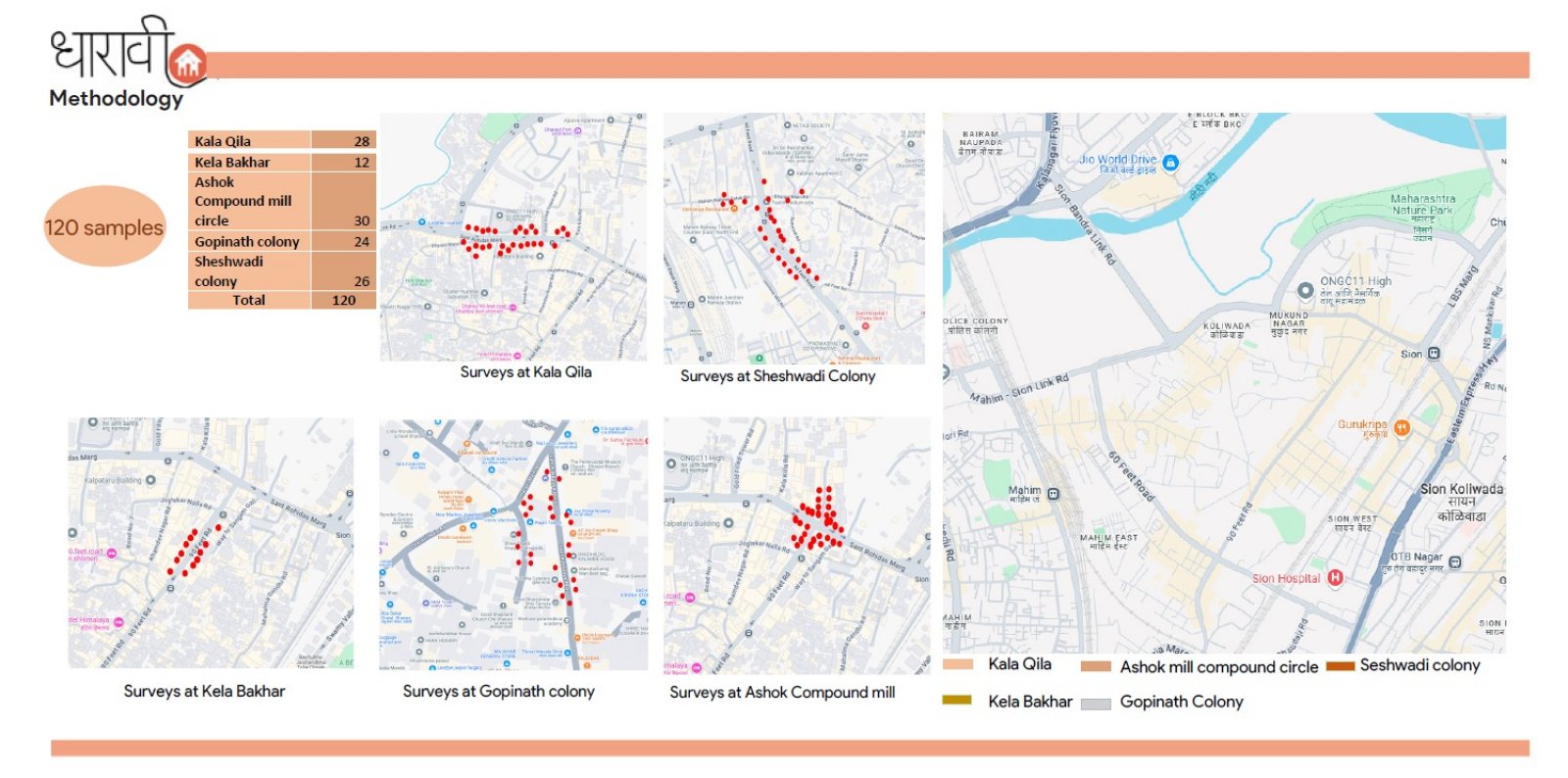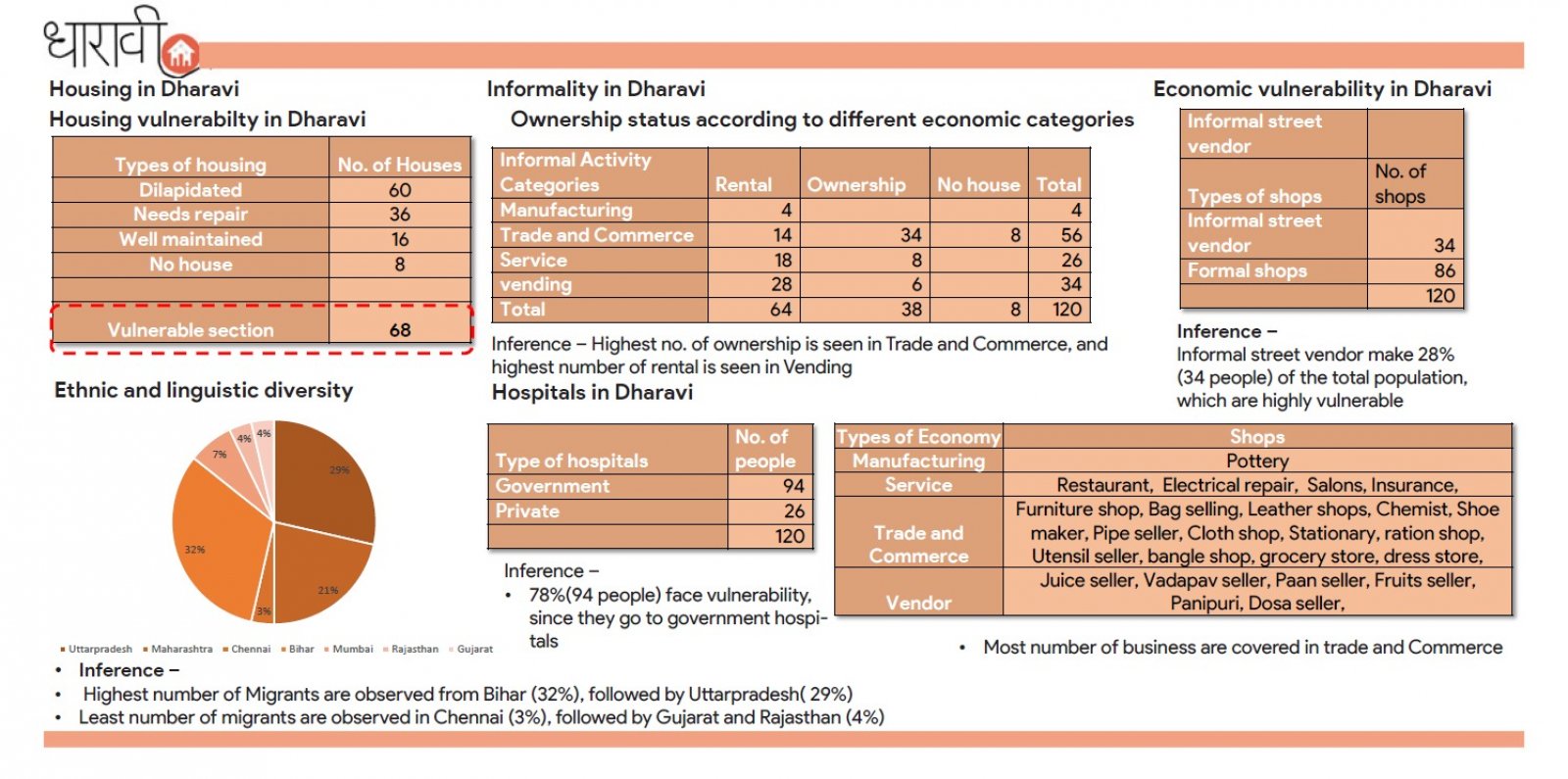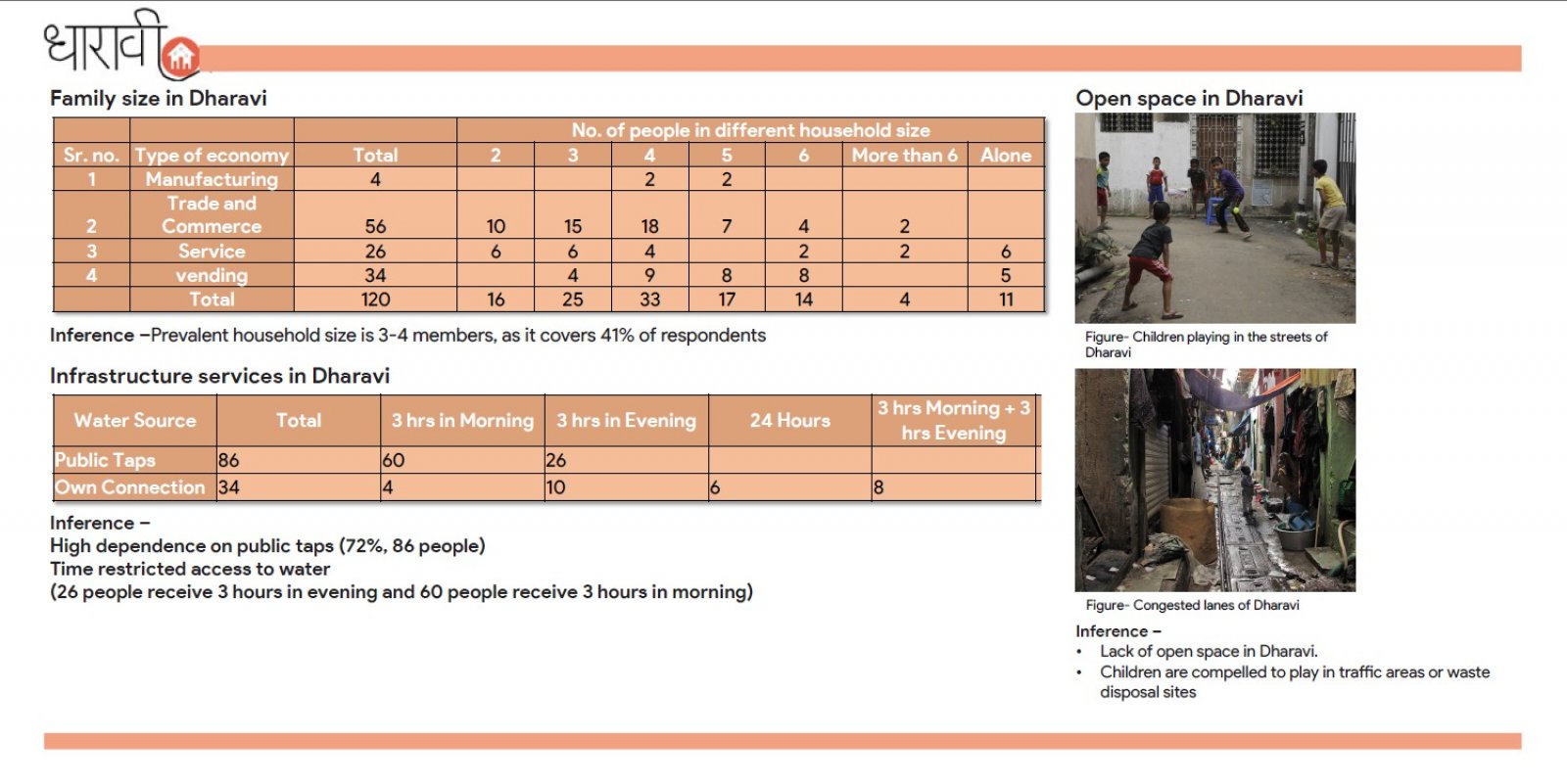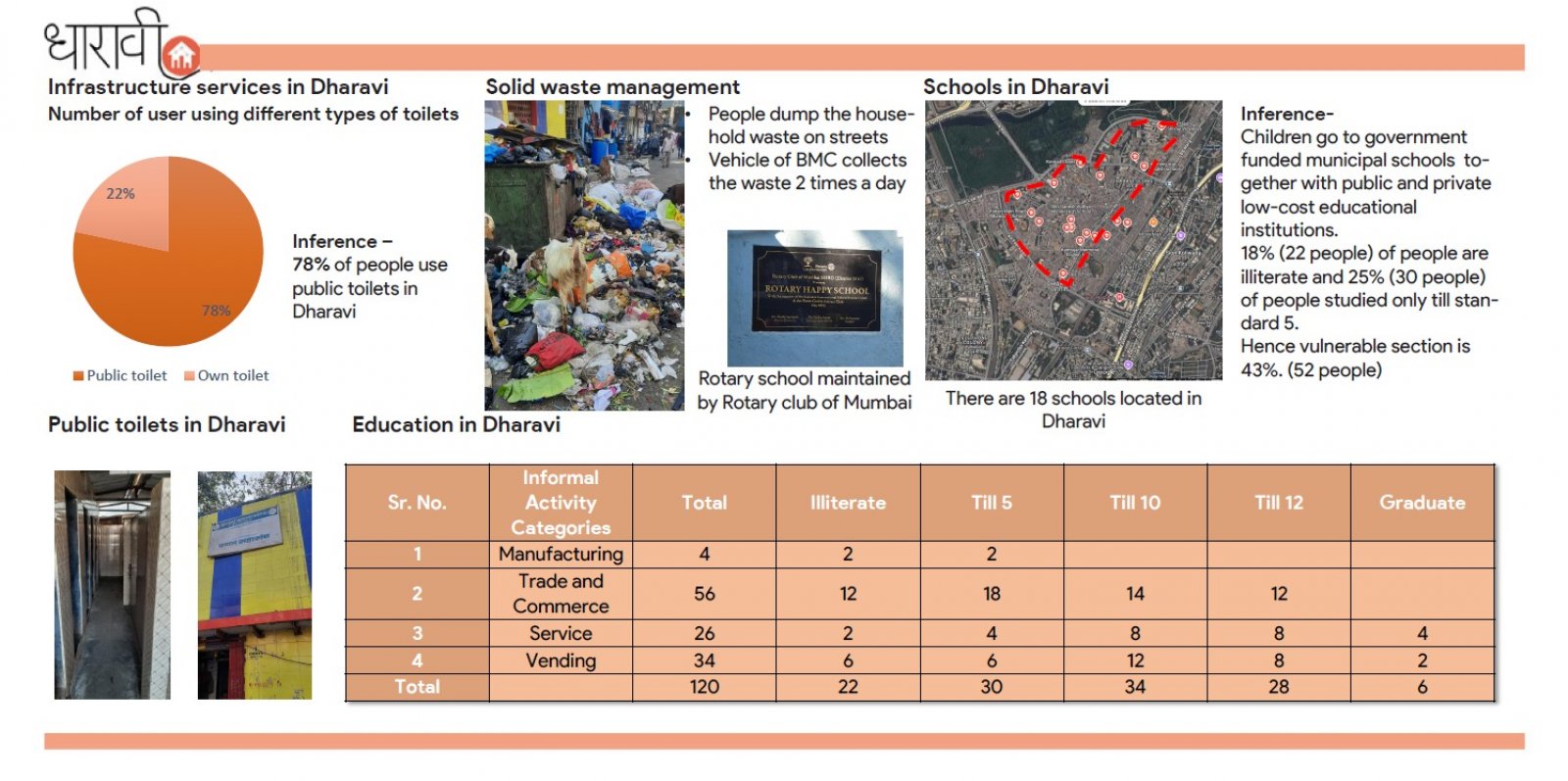Your browser is out-of-date!
For a richer surfing experience on our website, please update your browser. Update my browser now!
For a richer surfing experience on our website, please update your browser. Update my browser now!
Dharavi, one of Asia's largest slums, is home to a thriving informal economy that operates beneath the formal radar. Despite lacking official recognition, this economy supports hundreds of thousands of people, generating significant revenue through various industries like recycling, pottery, leatherwork, and textiles. The informal economy of Dharavi showcases the resilience and resourcefulness of its residents, who have created a complex network of small-scale enterprises, workshops, and street vendors. This abstract explores the dynamics of Dharavi's informal economy, highlighting its strengths, challenges, and potential for growth, while also examining the intricate relationships between informal and formal economic systems.
